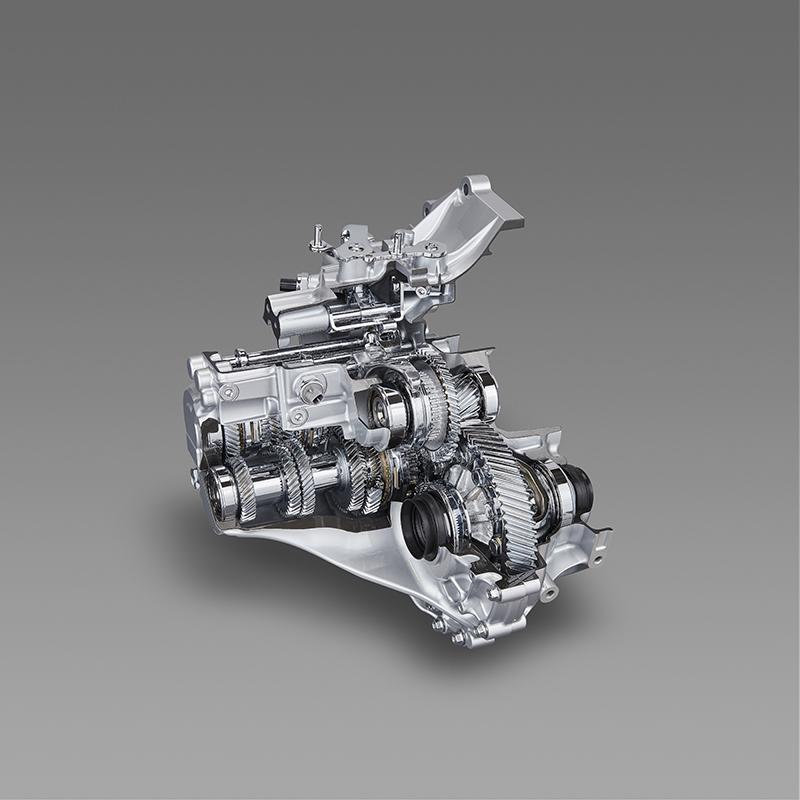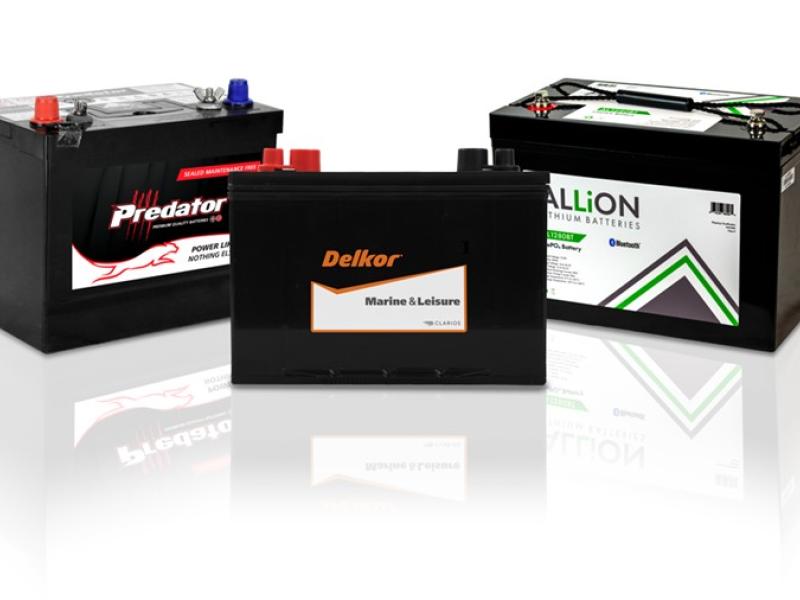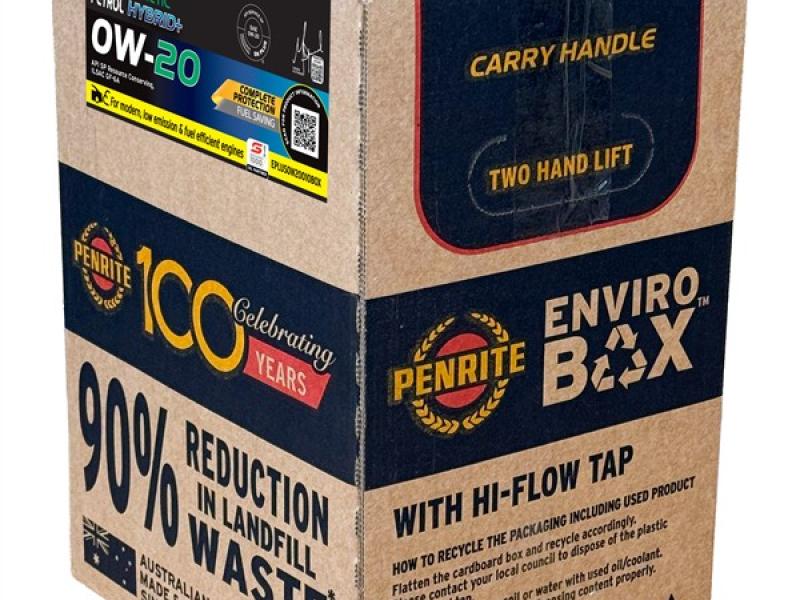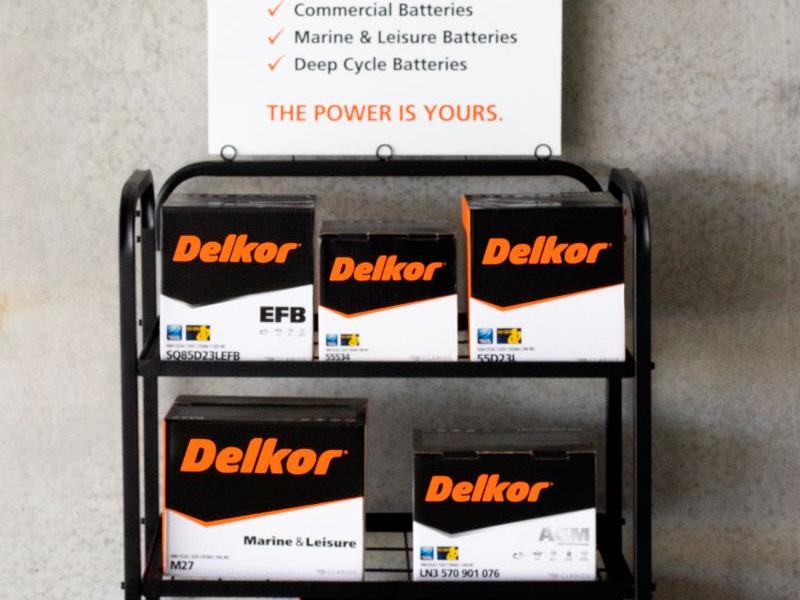When I first started driving, most cars had three or four gears in a manual gearbox (Larger six and V8 engined cars being three and smaller four-cylinder cars four typically). Many of the manual boxes had the dreaded column shift gear change that would often bind up at the worst possible time. (three on the tree vs four on the floor!).
Automatics were either two (the mighty Powerglide) or three speeds but were pretty rare and again usually a column shift arrangement except for the Ramblers with their flash push-button shift.
Now the few remaining manuals available are usually five or six speeds with the top one or two being overdrive ratios and automatics can be anywhere from four to nine or even ten speeds (with five to seven being common). And this is before we consider CVT’s that effectively have infinite gears although the trend is to have artificial gears with some fixed points in the pattern.
So how many gears are too many and why have they become so ubiquitous, will the numbers keep growing or are we at peak gear?
The answer to why is a combination of the technology and manufacturing improving to make it simpler and more cost effective to manufacture transmissions with more gears, along with the continuous drive to increase fuel economy and efficiency. More gears let the engine operate in the most efficient speed range for more of the time and also makes the car smoother and quieter to drive. With manuals, six speeds becomes a fairly practical limit for the complexity of the gear change pattern (although I am sure someone will go higher), whilst with automatics this is not an issue, and the numbers could keep on climbing.
Most EV’s don’t have gears due to the motors developing full torque from zero revs, although some do have two gears (Some Porsche and Audi models) and Bosch are looking at a CVT system for EVs which would allow a smaller (lighter and more efficient) electric motor to be used to achieve similar or better levels of performance. EVS still have reduction gearing and differentials though, so they do technically have transmissions.
In the nostalgia corner there are a few transmission styles we no longer see such as the pre-selector gearboxes from the 50’s and 60’s (most notably the Daimler buses in Auckland that were still running into the early 1980’s) and the separate overdrive gearbox such as was fitted to my father’s Sunbeam Rapier (aka flash Hillman Hunter!). More modern but seemingly becoming less common is the DCT style automated manual gearbox with dual clutches and dual mainshafts.






